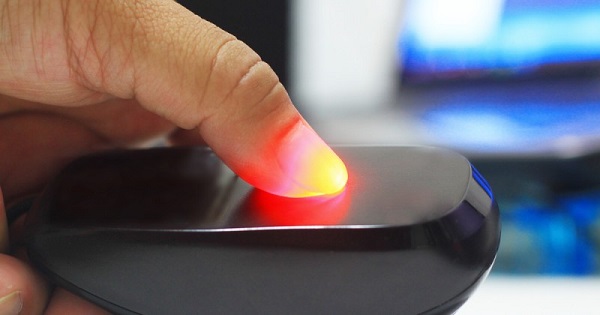By George Aine
In 2012, the government lost about Shs100 billion to 25,000 suspected ghost employees planted on the government payroll by a racket of unidentified officials, the Auditor General’s report for that year indicated.
In 2014, another audit by the Auditor General found 8,000 ‘ghost employees’ on the government payroll. Two years ago, the government said that it was upgrading its salary payment system from the Integrated Personnel and Payroll System (IPPS) to Integrated Finance Management System (IFMS) in a bid to get rid of ghost employees.
However, the new system, which required employees to be identified through unique “supplier numbers,” hit a snag when it also eliminated genuine public servants from the payroll in cases where they had names similar to those who had already been allotted supplier numbers.
The confusion resulted in many public servants missing their salaries for several months. The government then moved to further clean up its payroll using national identity card data, which has now wiped out some of the top civil servants.
See also: Govt moves to strengthen cybersecurity as Uganda loses billions to criminals
However, experts assert that adoption of biometric verification can help rid the public service of officials using fake names to receive multiple salaries. They add that by collecting fingerprints, scanning eyes, and recording other relevant personal information about civil servants, the biometric verification can help remove any weakness in the payment system.
“The main advantages of using a biometric system is that it identifies a person by who the person is rather than what the person has, unlike most traditional authorization systems such as personal identification numbers (PINs), passwords, or ID cards. Unlike these solutions that rely on “what you have,” biometric credentials such as a fingerprint, finger vein, palm vein or iris image cannot be lost, forgotten, guessed, or easily cloned,” says Joseph Mukasa, a technology expert working with UNDP.
“By utilizing a biometric identification system to eliminate ghost workers, governments and business organization employees can be uniquely identified, virtually eliminating duplicate registration in any form and eradicating ghost worker payroll fraud plus help establish accountability and punctuality among employees,” he adds.
Government is already using the biometric system to verify the number of refugees in Uganda following allegations of inflating refugee numbers.
The Prime Minister’s Delivery Unit (PMDU) working with the Ministry of Health are finalizing preparations to roll out biometric fingerprint technology in hospitals, Health center IVs and Health center IIIs of 20 pilot district in Eastern Uganda as one of the measures to curb absenteeism of health workers. The biometric machines and Android phones are being procured with support from DFID, the development arm of the United Kingdom.
In Kenya, the government adopted the biometric registration of employees and it uncovered 12,500 ‘ghost workers’ that failed to show up for a headcount. Only 160,012 employees out of the expected 172,522 showed up with their supporting papers in 2016.
In Nigeria, the biometric data verification method, which was launched in 2012, recently discovered 16,532 ghost workers and pensioners from the payroll from a total of 100,259 workers and pensioners screened by the ministries, departments, agencies, and tertiary institutions in Oyo state.
Related:
Mutebile to banks: Cybersecurity must become a priority
Ugandan businesses warned on cyber fraud as threats rise

